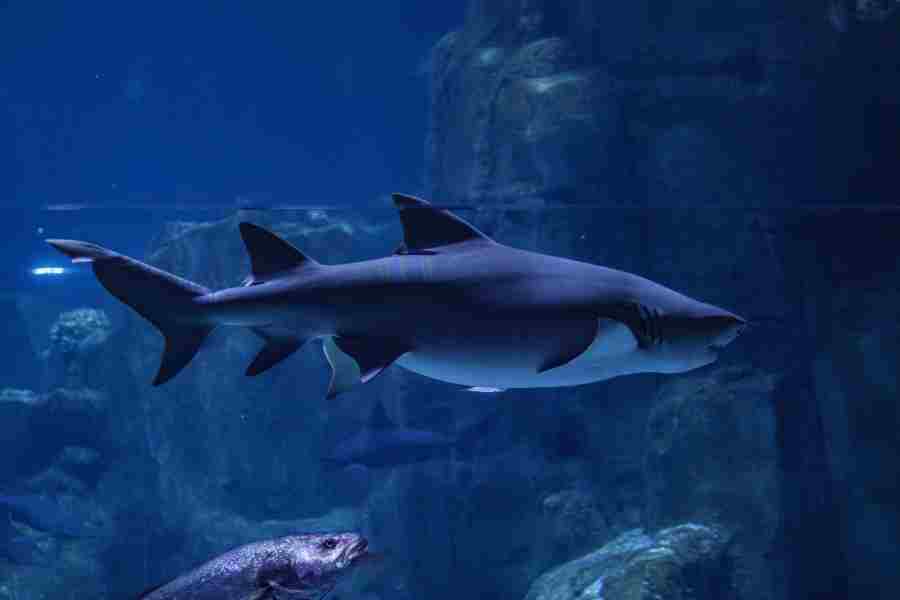Discover the potential hazards associated with Swai fish in this informative blog post. From chemical contaminants to food safety concerns and allergenic potential, we’ll explore why Swai fish may not be the healthiest choice for your diet.
Swai fish, also known as pangasius or basa fish, has gained popularity due to its affordability and mild taste. However, it’s important to be aware of the risks involved in consuming Swai fish and make informed decisions about including it in your meals.
Join us as we delve into the hazards and health concerns surrounding Swai fish, providing valuable insights to help you prioritize your well-being. By understanding these factors, you can make informed choices about your seafood consumption and explore alternative options that promote a healthier lifestyle.
Understanding The Hazards Of Swai Fish
Swai fish, also known as pangasius or basa fish, has certain hazards that should be taken into consideration. One concern is the potential presence of chemical contaminants, such as antibiotics and pesticides, which can accumulate in the fish and pose health risks to consumers. Additionally, the misuse of antibiotics in fish farming can contribute to antibiotic resistance, a growing problem in human health.
Another hazard is related to food safety and hygiene. Swai fish is often farmed in regions with less stringent regulations, leading to concerns about inadequate water quality control, poor farming practices, and improper handling during processing and transportation. These factors can increase the risk of contamination and foodborne illnesses associated with consuming swai fish.
Furthermore, swai fish can trigger allergic reactions in individuals with fish allergies due to the presence of a protein called parvalbumin. This can lead to adverse health effects for those who are sensitive or allergic to fish. It is important for individuals with known fish allergies to avoid consuming swai fish or any other fish species to prevent allergic reactions.
Concerns Regarding Swai Fish Farming
1. Chemical Contaminants:
Swai fish farming raises concerns about the presence of chemical contaminants, including antibiotics and pesticides. These contaminants can accumulate in the fish’s body and pose health risks to consumers when ingested.
2. Antibiotic Resistance:
The misuse and overuse of antibiotics in swai fish farming can contribute to the development of antibiotic-resistant bacteria. Consuming swai fish with antibiotic residues can contribute to the growing problem of antibiotic resistance in humans.
3. Food Safety and Hygiene:
Swai fish farming practices in some regions may lack proper food safety and hygiene standards. Poor water quality control, inadequate farming practices, and improper handling during processing and transportation can increase the risk of contamination and foodborne illnesses.
4. Allergenic Potential:
Swai fish contains a protein called parvalbumin, which can trigger allergic reactions in individuals with fish allergies. This poses a concern for those who are sensitive or allergic to fish and need to avoid consuming swai fish to prevent adverse health effects.
5. Environmental Impact:
The large-scale farming of swai fish raises environmental concerns. It can contribute to water pollution, habitat destruction, and the depletion of wild fish populations in the regions where they are farmed, potentially disrupting the ecological balance.
It is important to be aware of these concerns regarding swai fish farming to make informed choices about consuming and sourcing seafood.
Nutritional Considerations
- Lack of Omega-3 Fatty Acids: Omega-3 fatty acids are essential nutrients that provide numerous health benefits, including reducing inflammation and supporting brain health. However, Swai fish is relatively low in omega-3 fatty acids compared to other types of fish, such as salmon or mackerel. Thus, if you rely on Swai fish as your primary source of seafood, you may miss out on the valuable omega-3 fatty acids your body needs.
- Potential Contaminant Levels: Given the farming conditions and methods associated with Swai fish, there is a higher likelihood of the presence of contaminants such as heavy metals, pesticides, and industrial pollutants. These contaminants can accumulate in the fish over time, posing health risks to consumers, particularly if Swai fish forms a significant portion of their diet.
- Protein Content: Swai fish is a good source of lean protein, which is essential for muscle growth, repair, and overall body functioning. Including Swai fish in your diet can contribute to meeting your protein needs.
- Calorie Content: Swai fish is relatively low in calories, which can be beneficial for individuals looking to manage their calorie intake or maintain a healthy weight.
- Vitamin and Mineral Profile: Swai fish contains various vitamins and minerals, including vitamin B12, selenium, and phosphorus. These nutrients play important roles in energy metabolism, immune function, and bone health.
- Cooking Methods: The nutritional value of Swai fish can be influenced by the cooking methods used. Opting for healthier cooking methods such as grilling, baking, or steaming instead of deep frying can help preserve the nutritional content of the fish.
- Diversifying Seafood Intake: While Swai fish can provide some nutritional benefits, it is advisable to incorporate a diverse range of seafood options into your diet. This allows for a wider variety of nutrients, including omega-3 fatty acids, to support overall health and well-being.
Making Informed Choices For Your Health
Take the time to educate yourself about different food options and their impact on your health. Understand the nutritional content, potential hazards, and benefits of the foods you consume regularly. Stay updated on the latest research and recommendations to make informed choices.
When purchasing packaged or processed foods, read the labels carefully. Look for information on ingredients, nutritional values, and potential allergens. Pay attention to serving sizes and be mindful of added sugars, unhealthy fats, and high sodium content. Understanding what you are putting into your body is crucial for making healthier choices.
Opt for whole, unprocessed foods whenever possible. These foods, such as fruits, vegetables, whole grains, lean proteins, and legumes, are generally more nutritious and contain fewer additives, preservatives, and artificial ingredients. Prioritize a diet rich in these wholesome choices for better overall health.
Aim for a varied diet that includes a wide range of foods from different food groups. By incorporating a diverse selection of fruits, vegetables, grains, proteins, and healthy fats, you can ensure that you receive a broad spectrum of nutrients essential for optimal health. Embrace different flavors, colors, and textures in your meals.
Pay attention to how different foods make you feel. Be mindful of any allergies, intolerances, or sensitivities you may have. Your body often provides signals and feedback about what it needs. Tune in and listen to these cues to make adjustments to your diet accordingly.
Exploring Sustainable Seafood Alternatives
- Wild-caught Alaskan Salmon: Alaskan salmon is a popular choice for seafood enthusiasts due to its exceptional nutritional profile and sustainable fishing practices. Rich in omega-3 fatty acids, Alaskan salmon provides ample health benefits while minimizing the potential risks associated with contaminants and chemicals.
- Sardines: Sardines are small, oily fish that are packed with essential nutrients, including omega-3 fatty acids, calcium, and vitamin D. They are also known for their low levels of contaminants, making them a safe and nutritious seafood choice.
- Rainbow Trout: Rainbow trout is another sustainable and nutritious alternative to Swai fish. It is rich in omega-3 fatty acids and offers a delicate, mild flavor that appeals to a wide range of palates.
Conclusion
In conclusion, when it comes to your dietary choices, it is crucial to be well-informed about the potential risks and benefits associated with the foods you consume. While Swai fish may be a cost-effective option, its environmental impact, use of chemicals, and lower nutritional value compared to other seafood options make it a less desirable choice for health-conscious individuals. By exploring alternative sustainable seafood options like Alaskan salmon, sardines, and rainbow trout, you can make informed decisions that prioritize both your health and the well-being of the planet.








